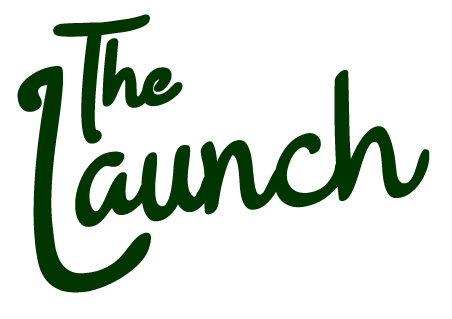
PR and Conversions: Three Things to Know
Let’s test your knowledge of the relationship between PR and conversions for a moment.
Q: Which one of the following statements best represents the true relationship between PR and conversions?
“I appeared on Forbes, and the next day my sales quadrupled. Wow, PR is my number 1 driver of conversions! So scrap the digital ads – all we need is great PR!”
or
“I appeared on Huffpost and didn’t see much of a spike in conversions the next day. Wow, PR really doesn’t work for conversions at all; what a waste of money! I need to see results!”
A: Neither.
If that sounds vague and confusing, it’s because it is notoriously difficult to accurately assess, measure, and quantify PR’s TRUE impact on conversions. If you think you can attribute recent dramatic conversion spikes solely to PR, you’re almost certainly wrong. Likewise, if you think PR isn’t contributing at all to conversion success, you’re definitely wrong.
The biggest mistake we see conversion-focused business owners make?
Expecting PR to bear the brunt of the heavy lifting when it comes to closing the sale or call-to-action loop, instead of recognizing PR for its other benefits, first, and then as a crucial support system to other conversion drivers, second.
Sometimes, it’s not the PR itself but your approach to PR that will define its success or failure within your business.
3 Things to Know about PR & Conversions
1. PR is about establishing credibility, prestige, and brand familiarity FIRST
If you rely on PR as THE magic wand that consistently, directly, and quantifiably converts sales – you may struggle. While PR can beautifully support other efforts to drive people to become customers or followers of your brand, conversions are not the number 1, number 2, or even number 3 key benefit of PR.
When conversions happen, they are notoriously difficult to measure or attribute to PR efforts, even if that Forbes piece you secured did, in fact, play a huge role. For this reason, it’s unfair to assess the true value of PR in the conversion pipeline based on the hard metrics you may be extracting on your back end. You may notice conversion spikes in the wake of a Forbes story being published, and it’s a fair assumption to connect those dots and praise the power of PR. Hallelujah! However, if you DON’T see an immediate spike after an appearance in HuffPost, it doesn’t mean PR isn’t working!
A consumer reading that HuffPost story (or even seeing the HuffPost clipping on your Instagram page) might have digested a crucial and priceless credibility endorsement for your brand that they brain-filed away for recollection later. Like for example, when that same customer got served with your Instagram ad the next day driving a sale. Thanks to HuffPost, they knew it was safe to act and that this was a reputable product that one of their fave celebs uses (thanks PR!). Who’s to say that without the HuffPost story, the ad alone would still have closed the conversion loop? How can you measure that? You can’t. What you can do is appreciate PR for what it is. Approach PR as a credibility/visibility boosting and buzz/brand-recognition-creating support system to strengthen your brand story and bolster your data-driven conversion tactics. With this perspective, you will set yourself up for PR success!
2. PR should never work alone to drive conversions.
An all-eggs-in-one-basket approach is nobody’s friend when it comes to conversions. While a Forbes piece can be a game-changer, looks great in the brag book, and might even grab the attention of an investor or two – research shows that a consumer needs multiple touchpoints with your brand to actually ACT; some say 5, others say 8.
For the best shot at great conversion results, PR should be one (albeit one very important) arm in an octopus-like strategy of different marketing tactics employed simultaneously. These tactics, from digital ads to live events, should all complement each other to drive the most traffic and, better yet, inspire follow through on that call-to-action, whether it’s to purchase a product online, download an app, sign up for an e-newsletter, or follow you on Instagram. Don’t leave PR alone out there – we work better as part of a team!
3. PR won’t help conversions if your internal conversion setup is ineffective.
PR can definitely help drive traffic to your website – but what it CAN’T do is guarantee conversions if a website is too tricky to navigate, a sign-up process is too lengthy, or an Instagram page isn’t follow-worthy. For example, losing the customer at the checkout cannot be blamed on PR, nor can incomplete entry fields for an app sign-up.
PR can get eyeballs on your brand name and story, which hopefully drives them to your platform/s, but what happens next is often a function of your user experience, site design, content creation, customer incentives, and capturing skills!
Our recommendation? Make sure that the path to conversion is as easy and obvious as possible for the customer, so that when PR sends them to you – it’s a couple of easy taps for the customer to take action.
